Nephthys: The Goddess Of Darkness
Part of the original nine deities that ruled ancient Egyptian mythology, Nephthys is the goddess of darkness, mourning and death….
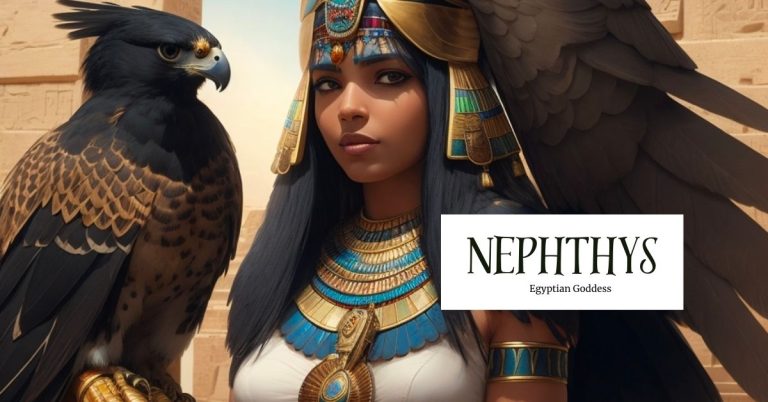
Part of the original nine deities that ruled ancient Egyptian mythology, Nephthys is the goddess of darkness, mourning and death….
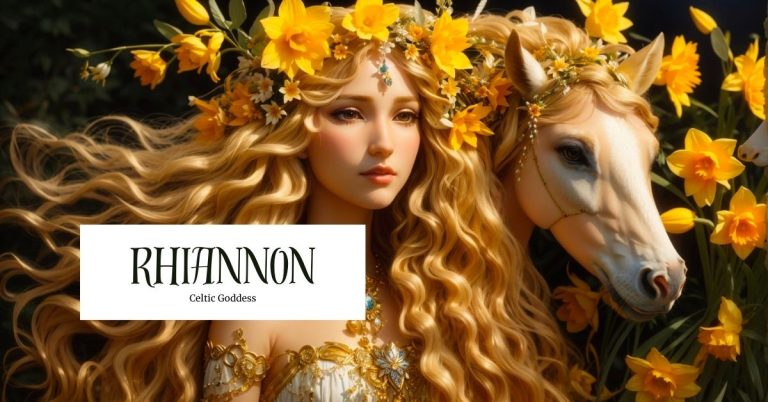
Among a pantheon of captivating figures, the goddess Rhiannon stands tall as an enigmatic and powerful deity. With roots traced…
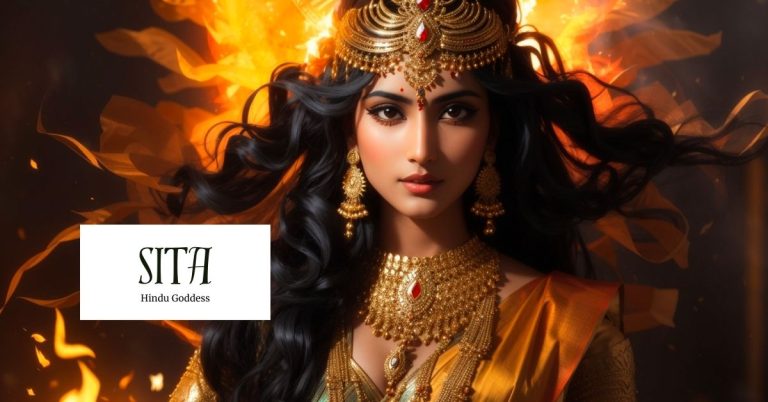
Sita, the Goddess of Courage and Purity, is a revered and iconic figure in Hindu mythology and the ancient epic…
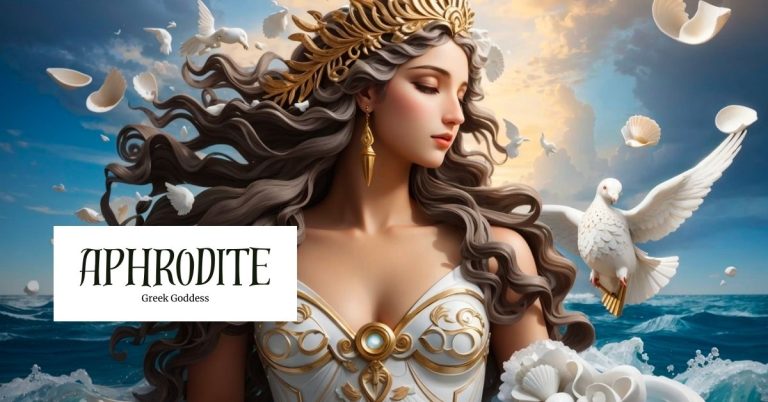
Throughout the annals of Greek mythology, the goddess Aphrodite has maintained an enduring prominence, solidifying her status as an enchanting…
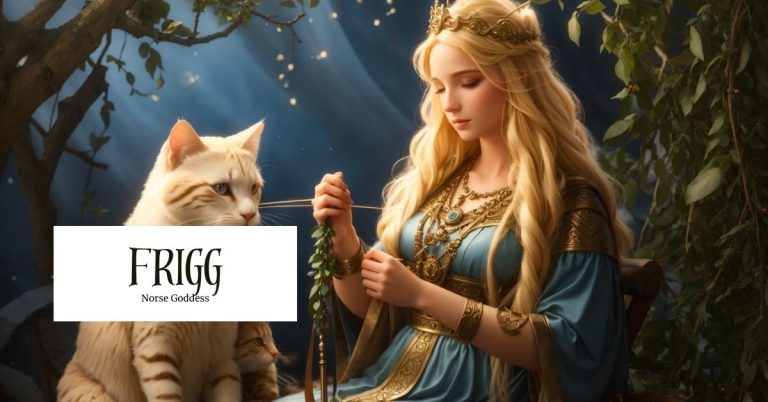
In the fascinating realm of Norse mythology, Frigg, the Norse Goddess of Motherhood and Fertility, holds a renowned position as…
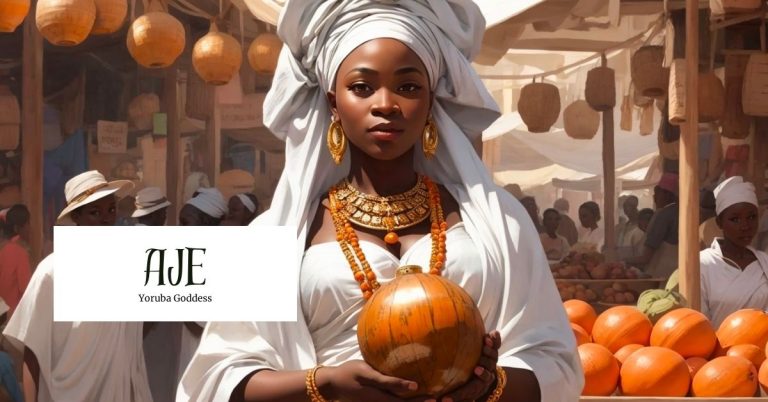
In the realm of Yoruba religion and mythology, there is a prominent goddess named Yoruba. The people of Yoruba are…
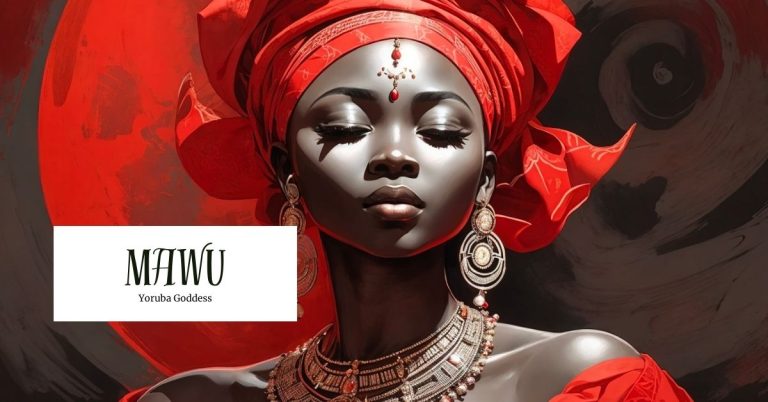
Mawu-Lisa is a very complex deity that is worshiped by the people of Ewe. The pair of Mawu and Lisa…
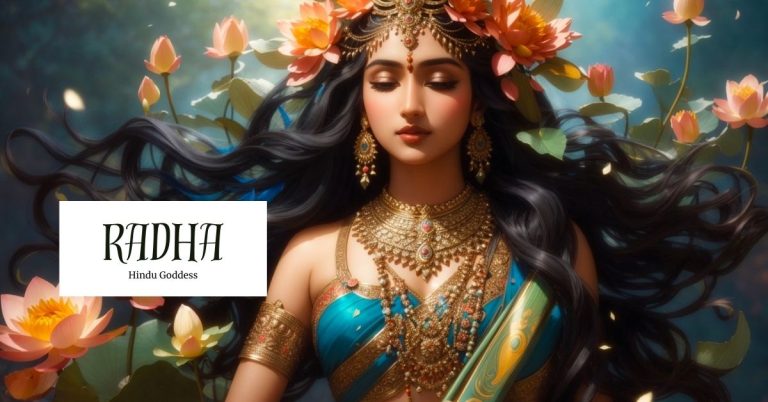
Radha is a prominent and revered Hindu goddess who holds a special place in the hearts of millions of devotees…
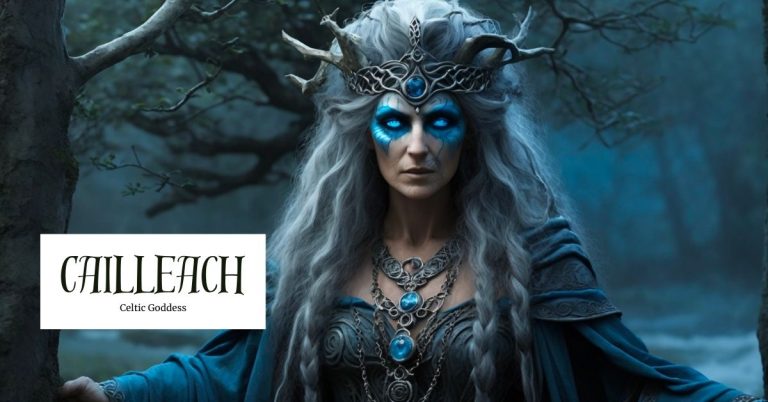
In the ancient mythology of the Celtic people, a captivating figure known as Cailleach reigns as the mysterious and powerful…
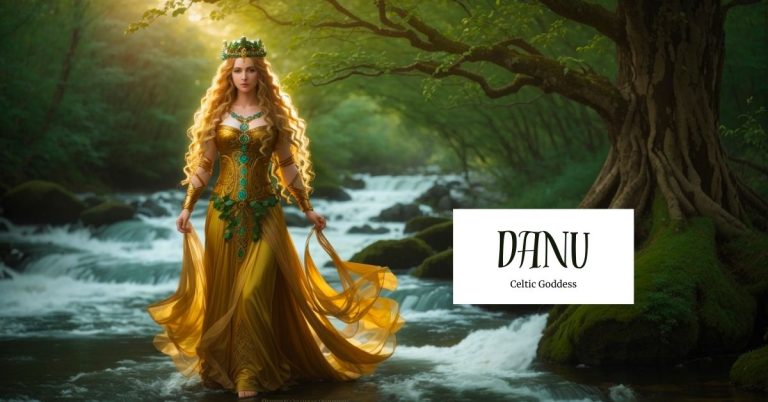
Goddess Danu stands tall as a symbol of divine femininity, wisdom, and abundance. Her presence has captivated the hearts and…